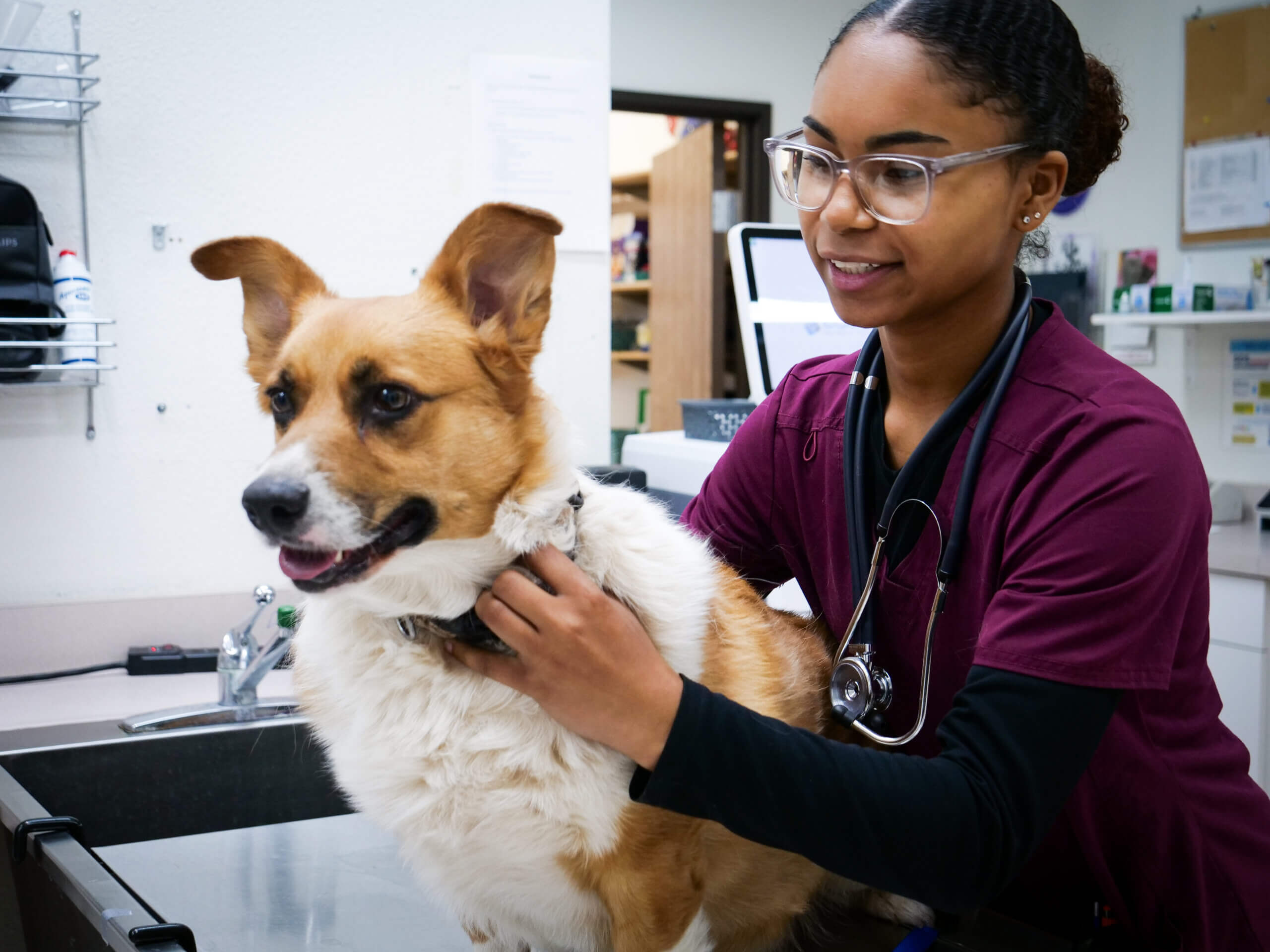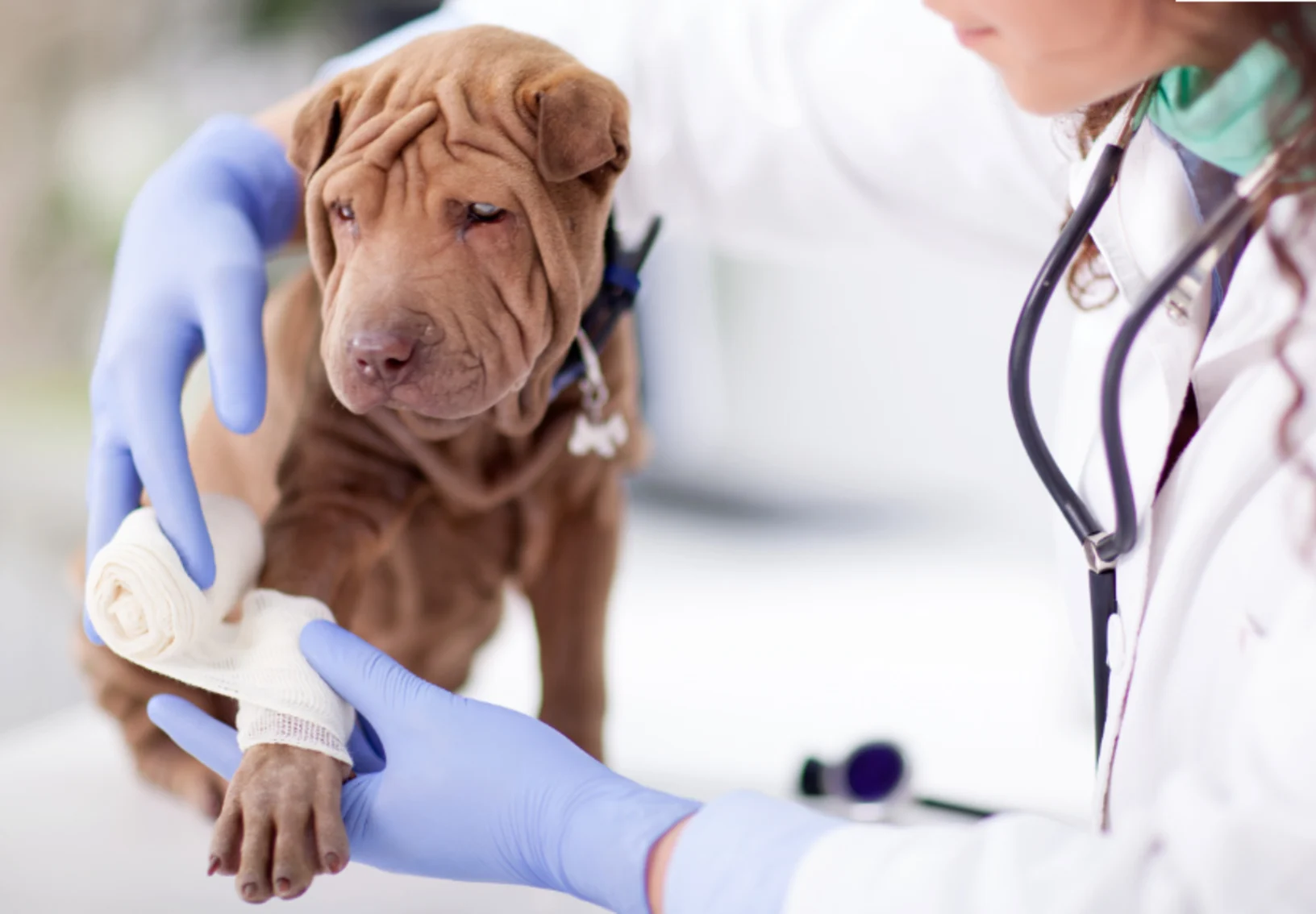What Makes canine tplo surgery a Game-Changer for Active Dogs
What Makes canine tplo surgery a Game-Changer for Active Dogs
Blog Article
Everything About Veterinarian Surgery: Understanding the Value of Professional Treatment for Your Animals
Veterinary surgical procedure is an essential component of animal health care. It encompasses various treatments, from routine elective surgical procedures to immediate interventions. Comprehending the details of these surgeries can aid family pet owners make notified choices. The preparation, implementation, and recovery phases are important for ensuring the well-being of animals. With appropriate expertise, proprietors can browse the intricacies of veterinary treatment. What aspects should be thought about prior to a pet dog goes through surgical procedure?
Sorts Of Veterinarian Surgeries
When a pet needs medical intervention, understanding the numerous kinds of vet surgical procedures can help pet owners make informed decisions. Vet surgical procedures can be extensively categorized right into 3 major types: elective, urgent, and emergency situation surgeries. Optional surgical procedures, such as spaying or neutering, are prepared treatments that are not instantly lethal. Immediate surgical treatments, like those for international body elimination, have to be executed quickly however are not deadly in the moment. Emergency surgeries, such as those resolving serious injury or interior bleeding, are essential and call for instant attention.Additionally, surgeries can differ in complexity, varying from minimally invasive laparoscopic treatments to a lot more comprehensive open surgeries. Each kind of surgical procedure lugs its own risks and recovery procedures. Understanding these classifications enables family pet owners to participate in meaningful conversations with vets, bring about better results for their precious animals.
Getting ready for Your Animal's Surgery
Getting ready for an animal's surgical treatment involves a complete list to ensure all basics are covered. Efficient interaction with the veterinarian is important for understanding the treatment and any necessary pre-operative actions - emergency vet bellingham. Furthermore, having clear post-operative treatment instructions will aid proprietors give the most effective support for their recovering animals
Pre-Surgery List Fundamentals
Ensuring a smooth surgical experience for a family pet needs mindful prep work and attention to information. A pre-surgery list is vital for family pet owners to adhere to. Verifying the arranged surgical procedure day and time is important. Owners should also verify that their pet dog has not eaten according to the vet's directions, normally for 8-12 hours before surgical treatment. Gathering essential clinical documents, including inoculation history, is very important for the vet's review. It is likewise advisable to prepare a comfy room in your home for the pet dog's recuperation after surgical treatment. Owners must have a plan for transportation to and from the veterinary clinic, making sure that the animal is secure and comfy throughout the journey. Adhering to these actions can significantly enhance the medical experience.
Interacting With Your Veterinarian

Effective communication with the vet is important for an effective medical experience for pets. Proprietors ought to be prepared to discuss their animal's medical background, including any kind of pre-existing problems, drugs, and allergic reactions. This details aids the veterinarian analyze threats and tailor the medical plan appropriately. Furthermore, animal proprietors need to ask questions regarding the procedure, anesthetic, and expected outcomes to assure they completely understand the procedure. Clearing up any questions can ease anxiety for both the animal and the owner. It is likewise essential to interact any type of behavior modifications or issues observed in the family pet leading up to the surgical treatment. Inevitably, clear dialogue fosters trust fund and collaboration, ensuring that pets get the very best possible care during their medical trip.
Post-Operative Treatment Instructions
After discussing the operation with the vet, family pet proprietors need to focus on post-operative care instructions to facilitate a smooth recovery for their pets. These instructions usually include monitoring the medical site for signs of infection, such as soreness or discharge. Family pets may require to be kept one's cool and confined to stop too much movement that can disrupt healing. Pain administration is essential, so owners should comply with the vet's advice on carrying out medicines. In addition, dietary restrictions might be recommended to stay clear of stomach upset. Regular follow-up visits are very important to ensure correct recovery and deal with any kind of concerns. By sticking to these post-operative treatment guidelines, pet dog proprietors can greatly add to their family pet's healing and general well-being.
The Surgery Explained
The surgery for pet dogs incorporates important steps that assure their security and recuperation. Pre-surgery prep work are necessary for decreasing dangers, while post-operative treatment guidelines play a crucial role in promoting healing. Understanding these components aids family pet owners navigate the surgical experience extra successfully.
Pre-Surgery Preparations
Prior to an animal undertakes surgery, numerous important prep work need to happen to guarantee a safe and successful procedure. Initially, a thorough vet evaluation is vital to examine the animal's total health and recognize any type of prospective dangers. This might include blood tests, imaging, or other diagnostics. The veterinarian will certainly additionally review anesthetic alternatives tailored to the family pet's details needs. Additionally, pet dog proprietors are typically instructed to withhold food and water for a defined time prior to surgical treatment to lessen the risk of issues during anesthesia. It is essential for proprietors to supply a total case history, including any type of drugs or allergic reactions, guaranteeing the surgical group has all required info. Proper interaction and adherence to pre-surgery guidelines can significantly enhance the result of the treatment.
Post-Operative Care Guidelines
Appropriate post-operative treatment is vital for guaranteeing an animal's recuperation following surgical procedure. After the procedure, animals need to be checked very closely for any type of signs of problems, such as extreme blood loss, swelling, or uncommon habits. It is essential to adhere to the vet's directions concerning medications, including painkiller and anti-biotics. Family pets need to be maintained in a quiet, comfy setting to reduce anxiety and advertise recovery. Limiting activity is vital; short, leashed strolls might be required, but leaping or running must be prevented. Routine follow-up visits must be scheduled to assess the healing process. Additionally, the medical website should be kept tidy and completely dry, with any kind of signs veterinary surgeon of infection reported to a veterinarian quickly. Abiding by these guidelines improves recuperation end results.
Anesthesia and Pain Administration
Reliable anesthesia and discomfort administration are necessary parts of vet surgical treatment, making sure that family pets continue to be comfy and safe throughout the procedure. Vets assess each pet dog's private needs, taking right into account aspects such as age, weight, wellness condition, and the kind of surgery being performed.Anesthesia procedures normally consist of a mix of pre-anesthetic drugs, induction representatives, and inhalant anesthetics, allowing for exact control over the pet's level of awareness. Monitoring during surgery is crucial; vets continuously observe important indications to resolve any potential problems promptly.Pain monitoring strategies might include opioids, non-steroidal anti-inflammatory medications (NSAIDs), and anesthetics, customized to the pet dog's certain circumstance. This diverse method helps minimize discomfort and advertises a smoother surgical experience. By prioritizing reliable anesthesia and discomfort administration, vet professionals enhance the overall well-being of pets undergoing medical procedures, ensuring they obtain the highest criterion of treatment.
Post-Operative Treatment and Healing
Adhering to surgical procedure, the emphasis shifts to post-operative treatment and recuperation, which is useful content important for making certain an animal's safe return to normal activities. Throughout this period, animals call for a silent, comfy setting to aid healing. Owners should carefully monitor their pet dogs for any type of signs of pain or uncommon behavior.Veterinary standards commonly consist of particular guidelines connected to medicine administration, injury treatment, and nutritional changes. It is essential to comply with these referrals to reduce issues and advertise healing. Animals may need to be restricted from vigorous activities, such as running or leaping, during their healing period (veterinary cardiologist near me).Regular follow-up consultations with the vet allow for monitoring of the pet dog's progress and timely changes to the treatment plan. Providing emotional assistance and friendship can also boost a pet dog's healing experience, aiding to alleviate anxiety and anxiety. In general, attentive post-operative care plays a substantial role in attaining an effective healing
Recognizing Complications After Surgical Treatment
Just how can animal owners determine issues after surgery? Recognition of details indications is crucial for ensuring the health of family pets during recovery. Usual indicators include too much swelling, inflammation, or discharge at the medical site, which might indicate infection. Additionally, relentless discomfort, indicated by yawping or hesitation to relocate, pet vet animal hospital must trigger instant attention. Adjustments in appetite or water consumption can also indicate difficulties; a decline in these behaviors might signal discomfort or distress.Moreover, animal proprietors must check their pet dogs for any kind of uncommon actions, such as lethargy or trouble breathing, as these can be indicators of serious issues. Vomiting or diarrhea following surgical procedure may call for urgent veterinary evaluation. Identifying these problems early can significantly impact a pet dog's healing procedure, highlighting the value of alertness and punctual communication with a vet for any worrying signs and symptoms.
The Role of Vet Specialists in Surgical Treatment
Vet professionals play a vital duty in guaranteeing the safety and success of procedures for family pets, specifically complying with surgical procedure when keeping track of and treatment are extremely important. These specialists include veterinarians, vet service technicians, and support team, every one of whom contribute specialized abilities to the medical process.Before surgical treatment, vets carry out complete evaluations to assess the animal's health and wellness, making certain that any kind of hidden problems are managed. During the treatment, the medical team offers anesthesia, maintains sterilized environments, and keeps track of key indications, very important for decreasing risks.Post-operative care is similarly significant; veterinary professionals observe for issues, handle pain, and guide owners on recuperation methods. Their know-how allows them to acknowledge early indicators of distress or infection, ensuring prompt treatment. Ultimately, the collective initiatives of veterinary professionals in medical care foster a safe atmosphere, advertising the well-being of pet dogs throughout the surgical trip.

Regularly Asked Concerns
Just how Do I Choose the Right Veterinary Doctor for My Pet?
Selecting the ideal veterinary surgeon includes researching credentials, reading reviews, and assessing the facility's environment. It is vital to assess the cosmetic surgeon's experience with specific treatments and their interaction design when making a decision.
What Prevail Misconceptions Concerning Vet Surgeries?
Typical mistaken beliefs concerning veterinarian surgical procedures consist of ideas that they are always high-risk, unneeded, or only for emergency situations. Several pet dog owners undervalue the benefits of precautionary procedures and the skill associated with veterinary medical treatment.
Exactly How Much Will My Pet's Surgical procedure Cost?
The expense of a family pet's surgical treatment can differ substantially based upon factors such as the type of procedure, the vet's experience, and geographic area (tplo surgery). Usually, costs vary from a few hundred to a number of thousand dollars

Can My Pet Consume Prior To Surgical Treatment?
Prior to surgical treatment, it is normally recommended that animals avoid consuming for a details duration. This fasting helps in reducing the danger of complications throughout anesthesia. Owners should consult their vet for exact instructions customized to their family pet's needs.
What if My Pet Dog Has Pre-Existing Wellness Issues?
When a family pet has pre-existing health conditions, it's important for the vet to assess these factors prior to surgical treatment. This evaluation guarantees appropriate preventative measures are taken, minimizing dangers and optimizing the pet's overall safety and security throughout the treatment.
Report this page